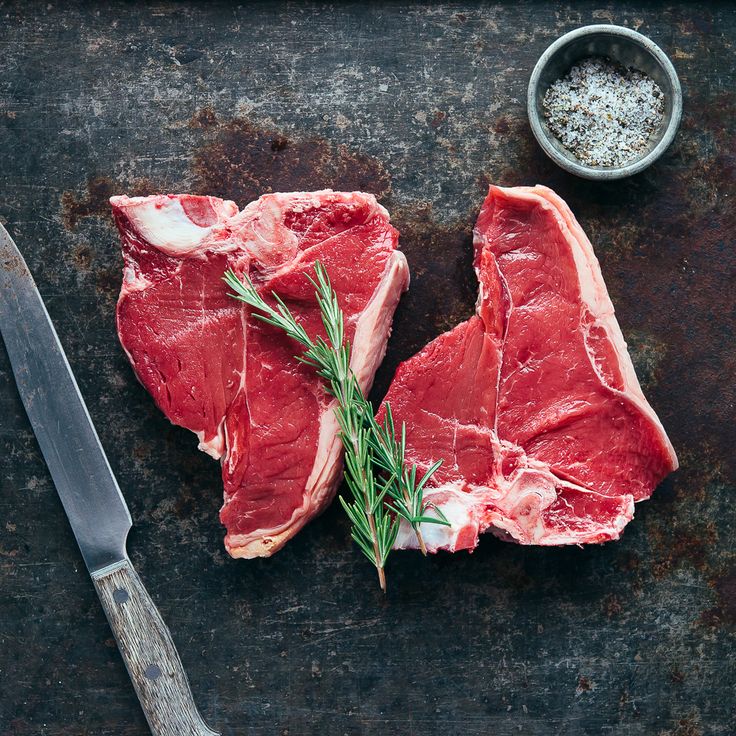Yes, your fridge could be full of fake food. We’re not talking vegan sausages or plastic cheese, either. Apparently, edibles on menus and store shelves aren’t always what they seem.
Recently, Interpol announced that it seized 2,500 tons of adulterated food in 47 countries – things like cheese, eggs, strawberries and cooking oil – because of fraud. Even your morning caffeine hit could be counterfeit, with some ground beans shown to contain wheat, soybeans, brown sugar, barley, corn seeds and even stick and twigs. Talk about a stitch-up.
Food and travel writer Larry Olmsted recently spoke to TIME regarding his book ‘Real Food/Fake Food’ and the fake foods that could be in your fridge, and here’s where you should be careful.
#1 Fish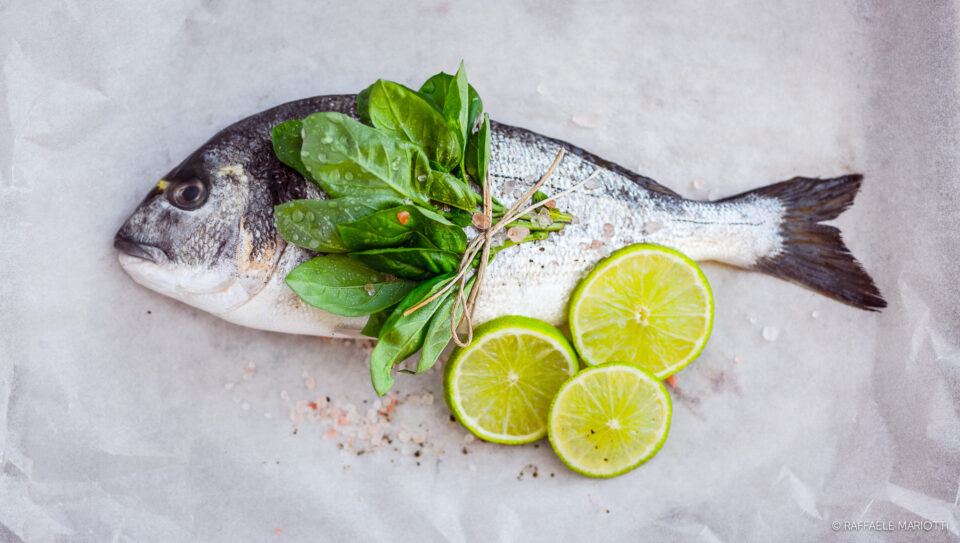
“The single most defrauded fish in the United States is red snapper, and the number-one substitute when you’re buying red snapper is tilefish,” Olmsted told TIME. It doesn’t stop at snapper, either. Apparently, 43% of ‘wild’ labelled salmon sold in Chicago restaurants and grocery stores are actually farmed and 100% of sushi restaurants in NYC tested served fake fish. “If there’s one restaurant niche that’s probably the worst, it’s sushi,” says Olmsted.
#2 Olive Oil
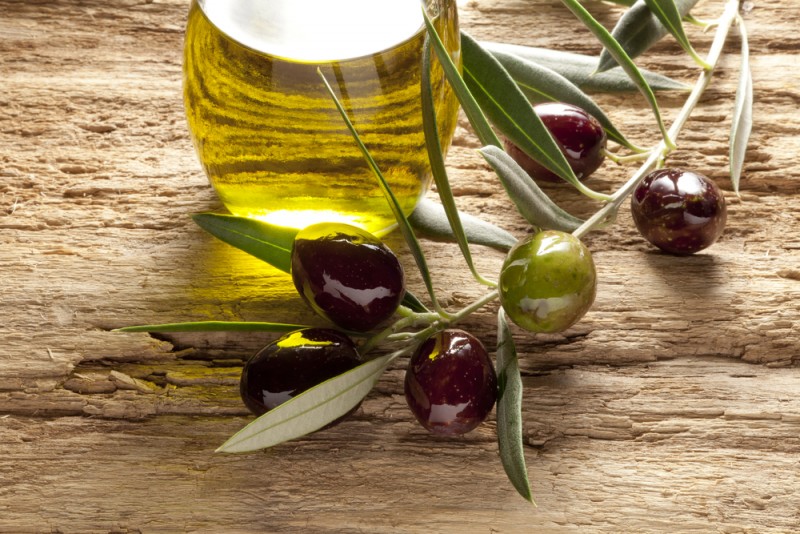
Many foodies have probably never tasted real olive oil because, according to Olmsted, it’s often diluted with other oils that don’t carry the same health benefits. “It’s usually whatever seed oil is the cheapest at the time, like soybean oil, peanut oil, sunflower seed oil.” In fact, in 1981 20,000 Spanish people were poisoned when they consumed olive oil that was actually rapeseed oil with a toxin called aniline.
#3 Kobe Beef
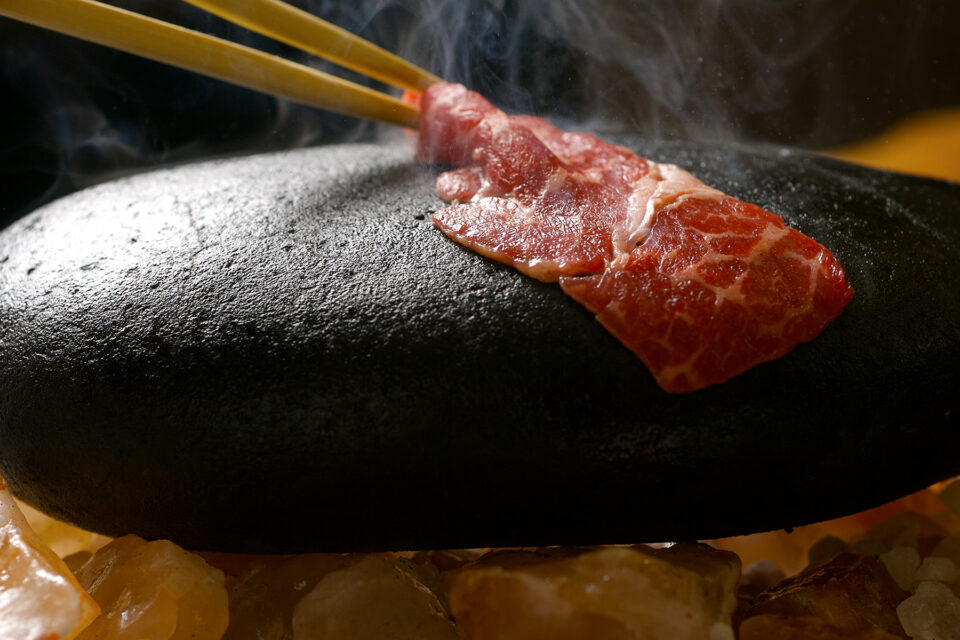
Kobe Beef comes from a specific type of Japanese cattle and is highly regarded for being “the textbook definition of tender with absolutely no chew, graininess, or gristle and a rich, beefy flavour that is almost overwhelmed by its creaminess.” Shame, then, that after being banned between 2001 and 2002 in the States because of fears of mad cow disease, many have probably never tried the real deal despite thinking they have.
RELATED: Steak Out Sydney: 8 Places To Get Your Meat On
#4 Honey
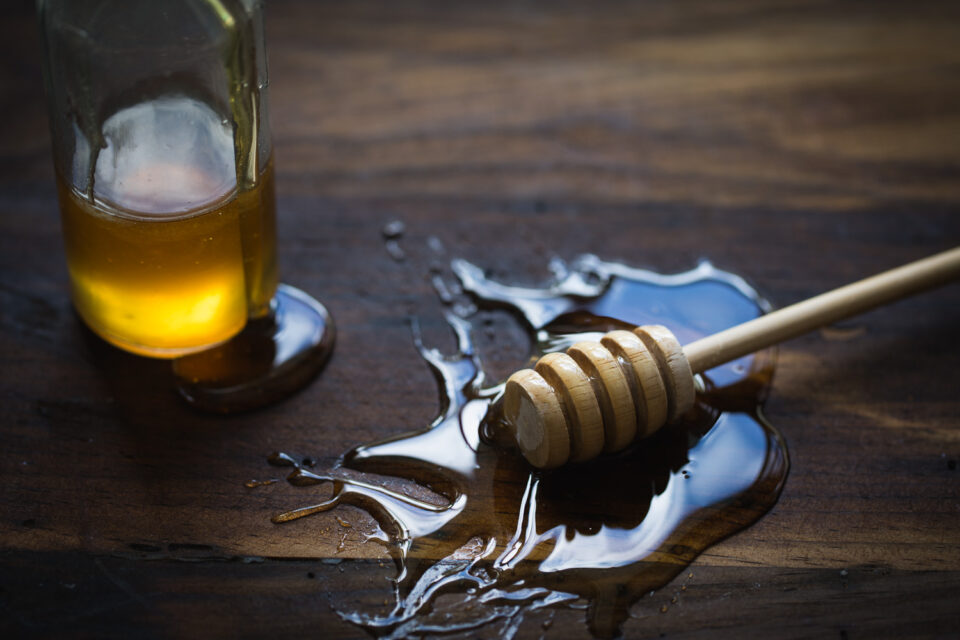
According to Olmsted, when honey is imported it can be filtered or cut with things like corn or fructose syrup and the more expensive kinds of honey – like manuka honey, which can only be found in New Zealand and parts of Australia – is often mislabeled and substituted with the fake stuff. “The honey industry has been petitioning the FDA to create a standard of identity because it protects them if honey is defined as honey, but the FDA has said no,” Olmsted told TIME.
“The one general tip I give it buy things closer to their whole form…If you buy a whole lobster in Maine, you will get full lobster. You buy lobster ravioli, it might not have any lobster in it at all,” he says. Simple, really.
[via TIME]
